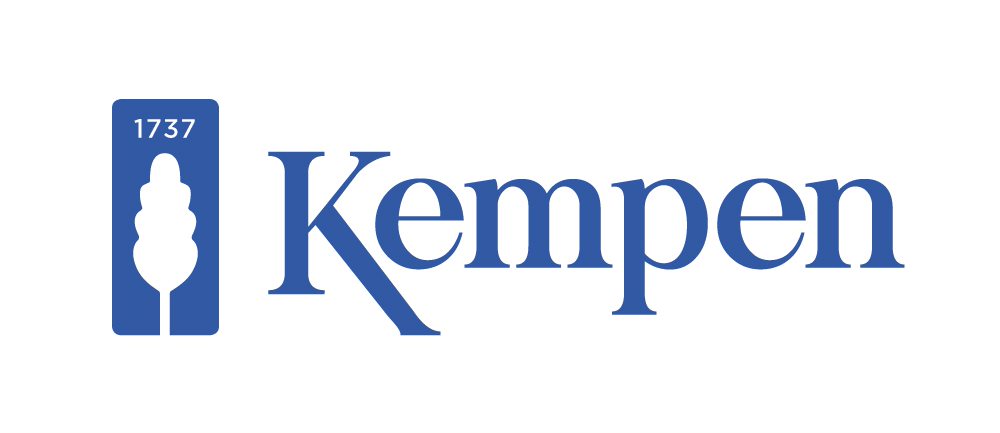This article is featured in the 2024 FCLTGlobal Blue Book, a collection of real-world examples of how our members are putting long-term strategies into practice today. We hope that these practical illustrations will inspire others to embrace the mission of focusing capital on the long term. Learn more >>
Today, the agricultural sector is a frequent topic of interest and discussion. Whether this relates to healthy food, the climate, biodiversity, or spatial planning it plays a key role in several of the major issues currently facing our society. The agriculture sector is responsible for roughly one fifth of global greenhouse gas emissions and a significantly higher percentage on water and biodiversity impact. The WEF estimates that 50 percent of the global economy is under threat from biodiversity loss – equivalent to $44 trillion in global GDP. Similar findings apply for water: 50 percent of biodiversity loss in freshwater is caused by food systems, and food production is responsible for 70 percent of freshwater withdrawals. The entire food system is responsible for a third of emissions according to studies presented by the Global Alliance for the Future of Food this year. Yet only a mere 3 percent of total public climate capital is allocated towards improving the food system.
At Van Lanschot Kempen, we believe that more capital should be directed towards natural capital solutions. Inspired by our Dutch post-war agriculture history, sometimes a boon, sometimes a bane, agriculture has been our natural habitat. And one doesn’t need to look far to find a solution. In fact, it can be found right under our feet: Our soil.
Designing A Sustainable Farmlands Fund
Five years ago, our private markets team started a journey together with Dutch pension fund investors in designing a long-term oriented sustainable farmlands fund. The fund makes physical investments in farmland and invests alongside local farmers in the cultivation of crops, mainly for human consumption. Over the years, the fund has invested in a variety of over 25 different crops in nine different countries worldwide. The fund was relatively early in investing in an olive tree plantation in Portugal, benefiting from the world-leading Alentejo irrigation project. Since, it has acquired a citrus farm in Spain, Macadamia orchards in Australia, a cherry growing and packing operation in New Zealand, and Pistachio plantations in the U.S. A majority of investments are allocated to broad acre cropping or annual crops such as wheat, barley, canola, or vegetables.
The fund has ”sustainable investments” as its objective and invests in agricultural land assets that contribute to environmental and social goals, including decent living standards and wellbeing for end-users, climate change adaptation in line with the Paris Agreement, transitioning to a circular economy, and protecting biodiversity and ecosystems from farm to fork. The Fund focuses on sustainable and regenerative agricultural practices and as such the Fund targets six impact themes and six Sustainable Development Goals (SDGs) as set in the 2030 Agenda for Sustainable Development of the United Nations around food, health, water, biodiversity, circularity, and climate.
One of the main objectives was building a healthy soil that can effectively store carbon and restore a more resilient living system. Healthy soil leads to healthy plants and animals, healthy food, and ultimately to healthy people. The first results collected from our surveys and samples look promising. A number of readings on soil organic matter and water holding capacity have gone up, while the use of synthetic inputs and residues in our crops from pesticides or fungicides have dropped. It takes time and collective effort though to standardize the data and show a positive trend on certain metrics, such as soil microbial activity and biodiversity. Our investors are patient and understand that this is a long-term effort, but they do require an upward trend and rely on carefully agreed KPI’s. Our most inspiring learning so far has been the engagement with a new generation of knowledge-driven, regenerative farmers who are countering a perception of an ageing industry of laggards. Instead, they are offering a much more promising and sustainable, and sometimes tech-savvy perspective.
Challenges and Learnings in Regenerative Farming
The transition to a more sustainable, nature-inclusive future requires a long-term outlook and cooperation across the entire food chain. Trust with the farmers is key and relationships have to be built on long-termism and fair share. Some urban myths need to be debunked, such as the idea that the shortage of food globally makes productivity the only key objective – or that the food system’s evolution leaves no margin for the farmer. Sustainable, regenerative farming is all about being able to produce healthy crops long term, where our conventional farming system may run out of productive top soil in one or two generations. The principles defined around regenerative farming are well known: disturb the soil less; provide a greater diversity of plants; maintain living roots in the soil as much as possible; and keep the soil covered with plants and their residues at all times. Our key learning is that the principle of re-generation is just as important on the field as it is in our relationships. Re-generating relationships between farmers, consumers, and all other stakeholders within the chain is key in the process of transitioning our food system from an extractive to a symbiotic, collaborative system.
Investments in farmland are a vital part of this transition and as such can be very effective in combining financial return with sustainability goals. While the role of institutional capital in farmland may be debated and even be met with controversy, this only applies to most of the passive capital that merely seeks a financial return and reinforces the current system (go with the flow). Institutional capital, however, can also greatly support and expedite the regenerative system and address the hurdles in demonstrating that it is financially attractive, in evidencing the ecological and agronomic impact, and in establishing alignment with the various stakeholders in the long run.


